Last updated on
Is your garden overgrown? It’s easy to take care of it using the following easy tips. Read on!
It’s the time of year when many people are starting to think about getting their gardens in order.
For some, this may mean tackling an overgrown garden that has become a jungle of weeds and vines. Others may have moved into a new home and discovered that the garden has been neglected for years.
Whatever your situation, it can be overwhelming to face an overgrown garden, but with some planning and determination, you can transform it into a peaceful haven in no time.
Here are 6 tips to help make the process of clearing out your overgrown garden as easy as possible.
What's Inside
Creating a Plan
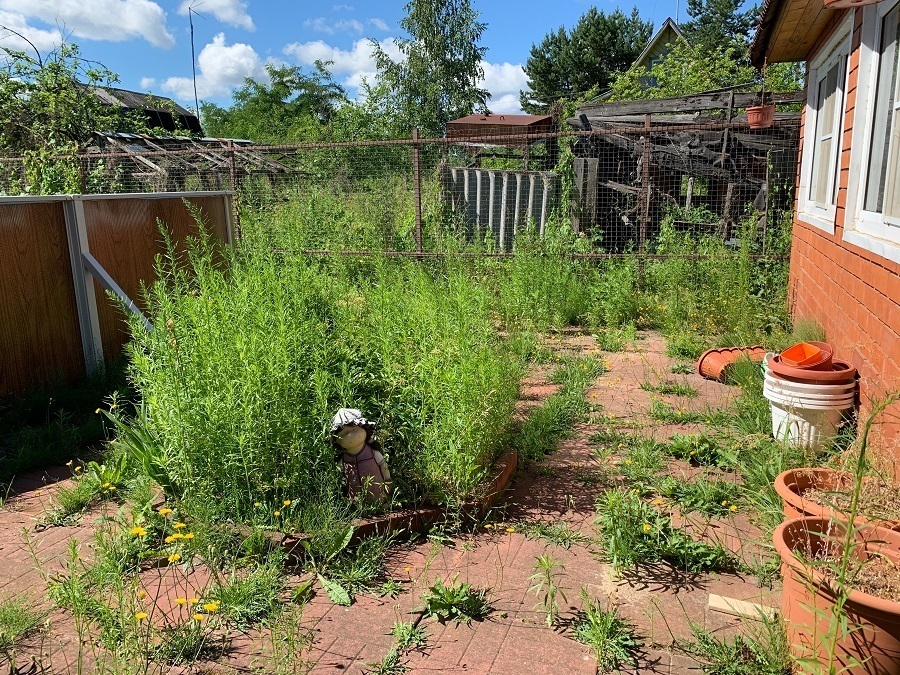
This includes removing plants that may have become invasive, as well as any dead or dying foliage.
The tree and brush removals at GreenLeafZone.com advise making sure you identify which plants are unwanted and need to be removed so that you don’t accidentally keep them in your garden.
Create a plan of action for tackling the task, including what tasks need to be done, when you’ll do them, and how many people will help.
Additionally, you may want to take pictures of your overgrown garden and make notes on the plants, flowers, and trees that you would like to keep to have a reference guide when cleaning up.
Use the Right Tools
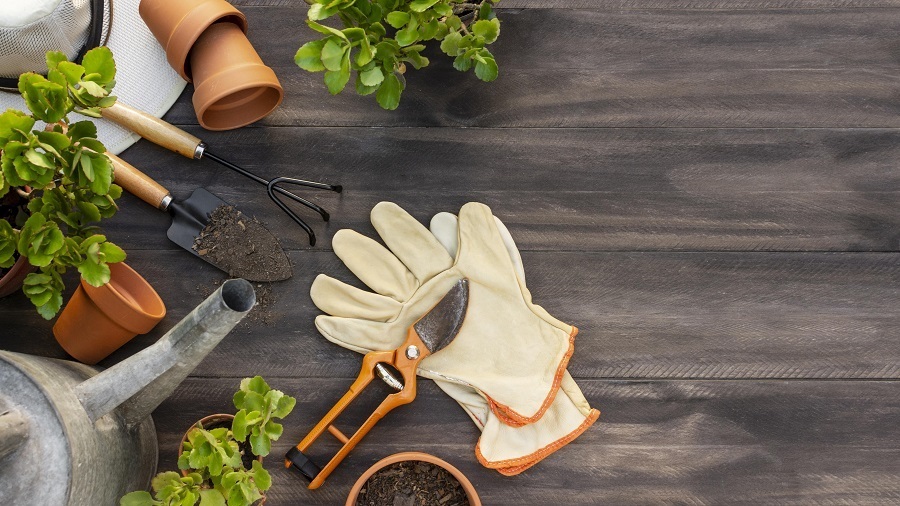
You should arm yourself with the proper tools, including pruners, hedge trimmers, loppers, clippers, and a good pair of gardening gloves. Make sure to choose quality tools that will last for many seasons.
Additionally, if you’re tackling a large job, consider renting a power tool such as a chainsaw, chipper, or stump grinder from your local hardware store.
There are also specialized tools available for removing weeds and large roots, such as weeders and root forks. These can be a huge help when it comes to clearing out bigger and harder-to-reach areas.
Start with the Biggest Job First
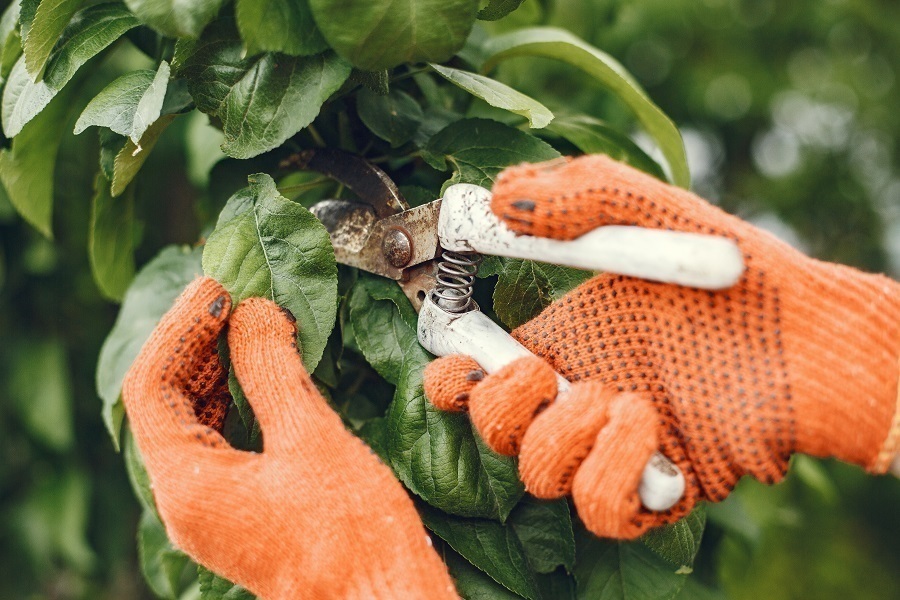
It’s best to tackle the biggest jobs first, as this will give you a sense of accomplishment and help you stay motivated throughout the project.
This might include removing large trees or overgrown shrubs that have become too big for their space. Additionally, dealing with these larger obstacles can open up the area and allow you to access more of the garden.
Then, break down your project into manageable sections, as this will make it easier to work through the task and stay focused on one particular area at a time. You’ll also get a better sense of progress as you see each section become cleared out.
Remove Weeds and Debris
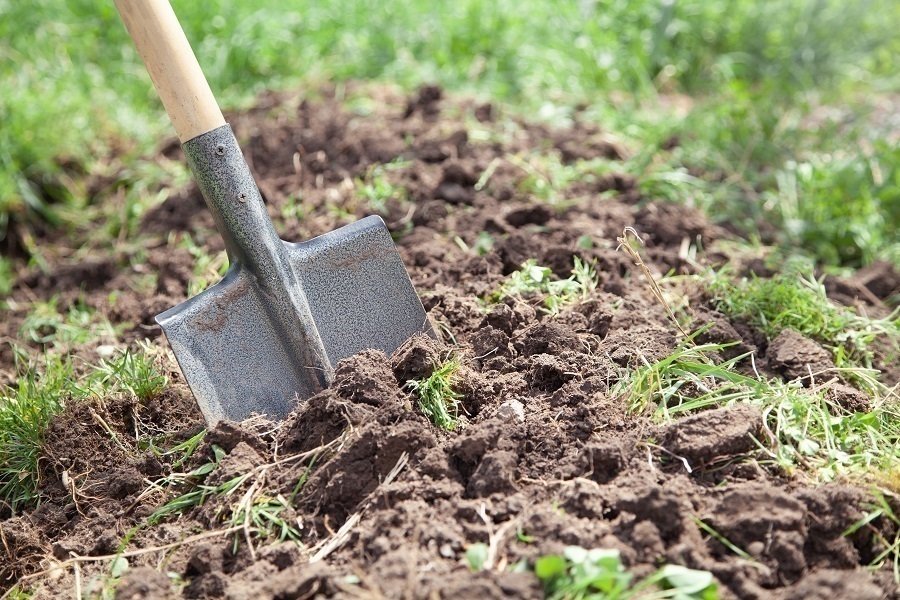
Once you’ve completed the bigger jobs, it’s time to start removing the smaller obstacles such as weeds, dead plants, and other debris.
This can be done with hand tools or power tools depending on how much material needs to be moved. Be sure to wear protective gear when using any power tools.
When clearing away weeds, try to remove as much of the root system as possible. This will help prevent them from growing back and taking over your garden again.
Create Paths and Beds
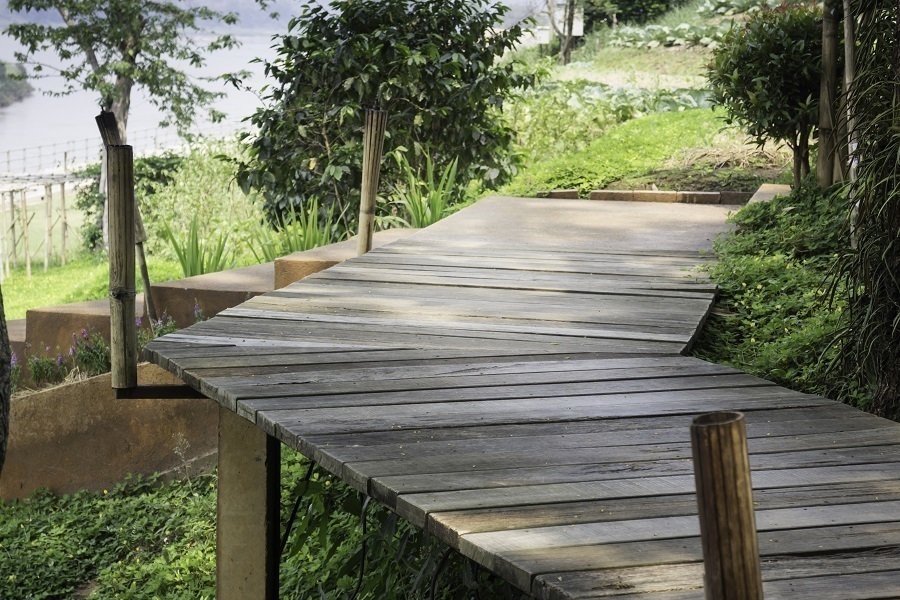
If you’ve cleared out enough of the garden, you may be able to create pathways or flowerbeds to add structure and create a more inviting space.
Consider using mulch or other materials to make these areas easier to maintain in the long run. You can also use decorative rocks and stones to line pathways and beds, as well as create garden edging. This will help keep weeds at bay and give your garden an overall tidier look.
This part of the gardening job can be fun and creative, as it allows you to utilize your design ideas. However, be sure to use materials that are suitable for the area and won’t harm any existing plants.
Invest in Plants That are Easy to Maintain
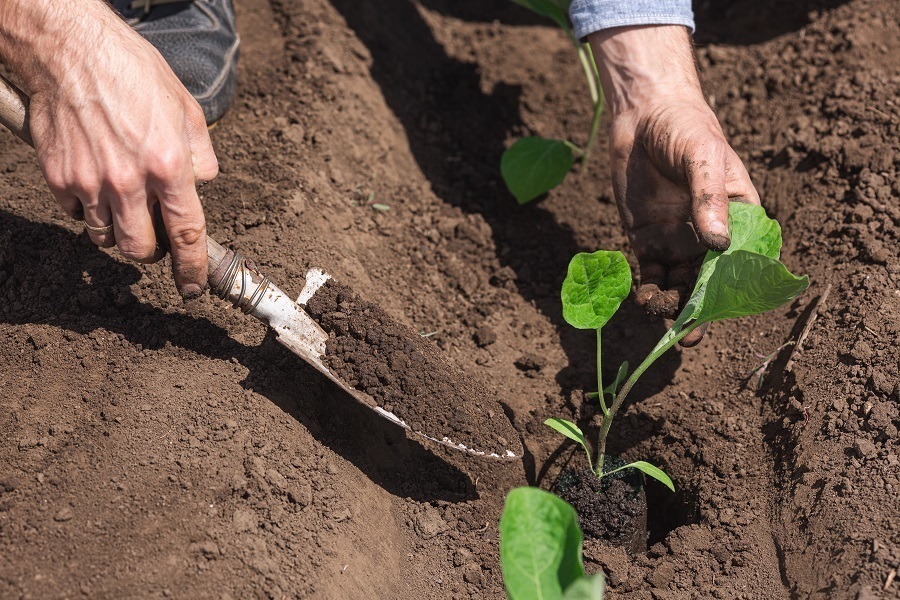
Finally, once you’ve achieved a basic level of order in your garden, it’s time to start thinking about adding new plants.
Consider investing in low-maintenance plants that don’t require too much upkeep. This will help ensure that your garden stays looking beautiful, and you won’t have to do too much work to keep it that way.
For instance, you can choose hardy plants that are suited to your climates, such as shrubs and perennials. These will require less water and attention than annuals or vegetables. On the other hand, if you’d like to add a bit of color, consider planting wildflowers or easy-to-grow bulbs.
By following these six tips, you should be able to successfully clear out an overgrown garden and create a beautiful outdoor space that you can enjoy for years to come. With a little patience and the right tools, you’ll be able to transform your garden into a stunning oasis.




